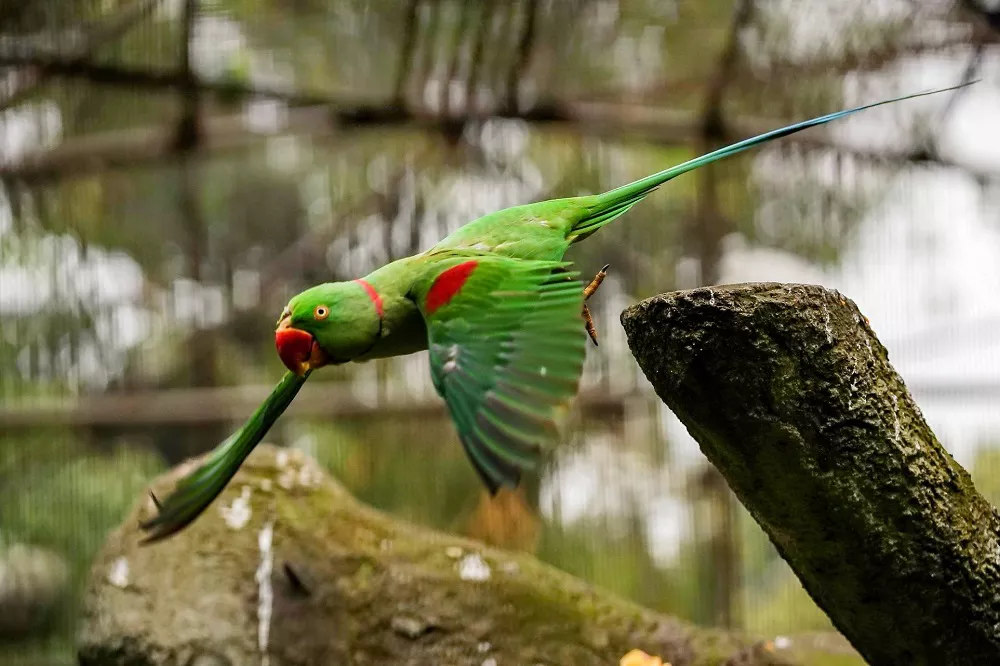Indian parrots, also known as rose-ringed parakeets, are one of the most popular species of parrots kept as pets. These birds are native to India and have become popular as pets due to their vibrant plumage, playful personalities, and their ability to mimic human speech. If you are interested in owning an Indian parrot, it is important to know how to identify the male and female birds. In this article, we will discuss some key differences between male and female Indian parrots.
One of the most reliable ways to determine the sex of an Indian parrot is through their physical characteristics. However, it is important to note that the differences in appearance between male and female Indian parrots may not be obvious until they reach sexual maturity, which is typically around 1 to 2 years of age.
Males and females can be differentiated by their size, with males generally being larger than females. Males also tend to have longer tails than females, and their beaks are larger and more curved than those of females.
Another key physical characteristic to look for is the bird’s cere, which is the area of skin at the base of the bird’s beak. In male Indian parrots, the cere is typically a bright blue color, while in females it is usually brown or beige. However, the color of the cere can vary based on the bird’s age and hormonal changes, so this should not be the only factor used to determine sex.
Behavioral differences can also be used to identify male and female Indian parrots. Males tend to be more vocal and assertive, while females are typically quieter and more docile. During breeding season, males may become more aggressive and territorial, while females may become more restless and active.
Finally, it is worth noting that the process of identifying the sex of an Indian parrot can be difficult and may require the assistance of a trained veterinarian or avian specialist. DNA testing is the most reliable method of determining sex, as it can provide a definitive answer without the need for invasive procedures.
In conclusion, identifying the sex of an Indian parrot can be challenging, but by paying attention to physical characteristics and behavioral traits, you can increase your chances of accurately determining the bird’s gender. If you are unsure, it is always best to seek the advice of a professional in order to ensure that your pet is healthy and happy.


 Facebook
Facebook  Instagram
Instagram  Youtube
Youtube 